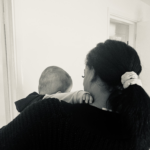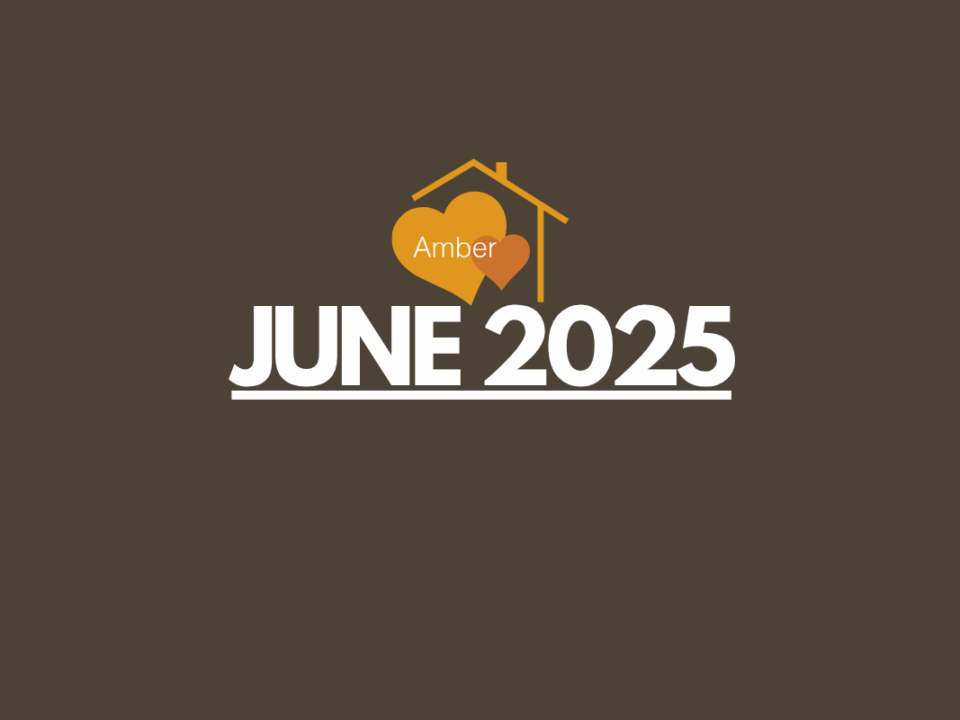
DARP Journals: Parent K
11/12/2024The Importance of Sensory Play
04/03/2025By Nicky & Tracey, February 2025.
Our Journey with Restorative Practice
Nicki and I first encountered Restorative Practice during a transformative course in 2022. Over the five days of training, we both found the course incredible, and we have continued to use aspects of what we learnt in our daily lives, both at home and at work. So, when the opportunity came about for a new role to help promote and embed Restorative Practice within Amber Family, we were both thrilled to be brought on board, and so our journey began.
At Amber, we believe that restorative practice is not just a set of techniques—it is a way of being. As part of Amber’s ongoing commitment to this approach, Nicki and I have been tasked with ensuring that a restorative approach becomes fully embedded in the culture of Amber Family. The goal is for it to extend beyond a method we use in certain situations and become a natural part of how we engage with each other as well as the families we work with.
Restorative Practice: A Transformative Approach
For those of you who have completed the restorative training, you will know that it is not just a set of tools or techniques; it is a mindset, a transformative way of working with people, whether that is our colleagues, our families, or ourselves. Our aim is to encourage Amber Family staff to embrace this approach and for everyone to feel confident in using it daily, not as a process to follow when things go wrong, but as a way of communicating, problem-solving, and relating to one another.
For the parents we work with, our role is to guide them through challenging situations by showing them how to apply a restorative mindset. This is not about giving answers or solving problems for them; it’s about supporting them to explore solutions, recognise their own responsibility, and be able to move forward in a way that works for everyone involved. As trained Amber staff, we also recognise that parents often carry layers of trauma, fear, or unmet needs beneath the surface of their emotions. Whilst it’s not always easy for them to communicate these needs, we have tools that help us unpick those layers. Tools like the “Needs Cards” and the “Anger Onion” are invaluable for starting important conversations and creating space for healing.
The Power of Reflection and Growth
It’s important to acknowledge that not every moment can be restorative. There are times when emotions can run high, and circumstances can make objectivity difficult. Thinking of the kettle analogy, it is quick to heat and reach boiling point but then takes a long time to cool. It can also be quickly reheated at the push of a button, so sometimes it’s more important to let the kettle cool, for example, leaving an angry parent to allow them to process their feelings. If we view these moments as opportunities for reflection and growth, we can take a step back, reconnect with our intentions, and learn from the experience. Reflecting on these tougher moments can provide the insight needed to adjust our approach and be better prepared when similar challenges arise in the future.
As we continue to use Restorative Practice, we’re committed to building an environment of learning, empathy, and connection for our parents. We know this is a journey that requires teamwork, patience, and reflection. But we also know that by staying true to this approach, we can help create lasting positive change, not only for the families we work with and support but also for ourselves and our colleagues.


